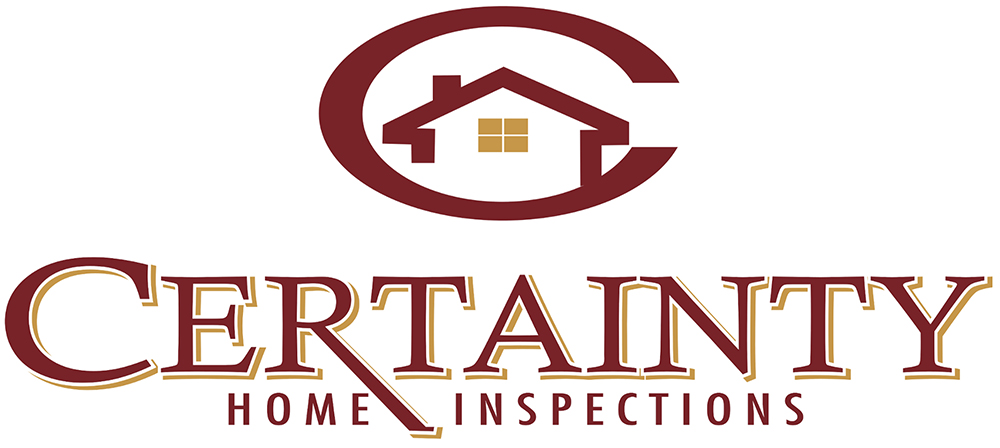1. Safety First
One of the foremost considerations when evaluating a neighborhood is safety. Check crime rates, both overall and for specific types of crimes. Local police department reports and online crime maps can provide valuable insights. Observe the neighborhood at different times of the day to gauge the level of activity and general atmosphere.
2. Identify a Good Neighborhood by the Quality of Schools
Even if you don’t have children, the quality of local schools can significantly impact property values and overall community well-being. Research the reputation of schools in the area, look at test scores, and consider the availability of extracurricular activities. A robust education system often reflects a community’s investment in its future.
3. Amenities and Services
A good neighborhood should offer convenient access to essential amenities and services. Look for nearby grocery stores, medical facilities, parks, and recreational areas. Proximity to public transportation, shopping centers, and cultural attractions can also enhance the appeal of a neighborhood.
4. Real Estate Trends Can Help You Identify a Good Neighborhood
Examine the real estate market in the area. A stable or growing market usually indicates a healthy and desirable neighborhood. Check property values, home sales trends, and the community’s overall economic stability. Websites like Zillow or local real estate agents can provide valuable information.
5. Community Engagement
A strong sense of community is a hallmark of a good neighborhood. Attend local events, visit community centers, and check online forums to get a feel for the level of community engagement. Look for signs of neighborhood pride, such as well-maintained public spaces and community initiatives.
6. Transportation and Accessibility
Evaluate the neighborhood’s transportation infrastructure. Proximity to highways, public transportation, and major thoroughfares can impact your daily commute and overall convenience. Consider the availability of parking, bike lanes, and walkability as well.
7. Future Development
Investigate any planned or ongoing development projects in the neighborhood. While growth and improvements can be positive signs, unchecked or poorly designed development might lead to congestion and other challenges. Balance is vital, so look for neighborhoods that strike the right chord between growth and preservation.
8. Noise Levels Can Help You Identify a Good Neighborhood
Pay attention to noise levels in the neighborhood. Peaceful surroundings contribute to a higher quality of life. Assess daytime and nighttime noise, considering traffic, local events, and proximity to industrial areas.
Identifying a good neighborhood requires a comprehensive approach that considers various factors. By researching safety, education, amenities, real estate trends, community engagement, transportation, future development, and noise levels, you can make an informed decision that aligns with your preferences and lifestyle. Explore different neighborhoods, talk to current residents, and envision yourself as part of the community. In doing so, you’ll find a neighborhood that feels like home.
Certainty Home Inspections offers professional inspection to homeowners and homebuyers in Kentucky and Indiana. Contact us to schedule an appointment for our services.
